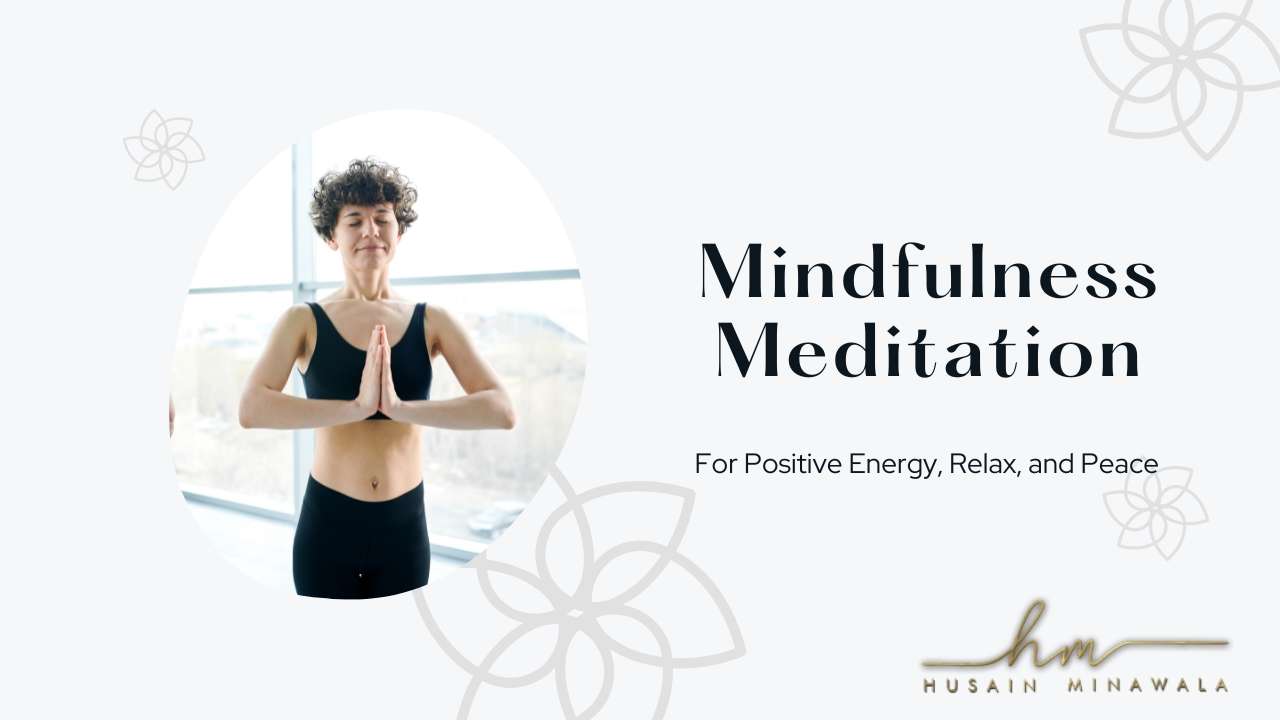
What is Mindfulness Meditation and How to Practice it?
What is Mindfulness Meditation and How to Practice it?
Mindfulness meditation is a type of meditation that involves paying attention to the present moment with an open, non-judgmental attitude. It is a practice that has been around for centuries, originating in Buddhism but has gained popularity in recent years as a way to reduce stress, increase focus, and improve overall well-being. In this article, we will explore the basics of mindfulness meditation, how to practice it, and some techniques to enhance your practice.
The Basics of Mindfulness Meditation
The goal of mindfulness meditation is to bring your attention to the present moment and become fully aware of your thoughts, feelings, and sensations without judgment. By doing so, you can train your mind to become more focused and calm, which can improve your overall mental and physical health. Some of the benefits of mindfulness meditation include reduced anxiety and depression, increased self-awareness, improved sleep, and better cognitive function.
To practice mindfulness meditation, find a quiet and comfortable spot where you can sit for a period of time. Set a time limit, starting with just a few minutes and gradually increasing over time. Begin by taking a few deep breaths, focusing on the sensation of the breath entering and leaving your body. As thoughts or distractions arise, acknowledge them without judgment and gently bring your attention back to your breath.
Mindfulness Meditation Techniques
There are several different techniques you can use to practice mindfulness meditation. One of the most common is body scan meditation, where you focus on each part of your body and notice any sensations without judgment. Loving-kindness meditation involves sending positive thoughts and feelings towards yourself and others. Walking meditation involves focusing on the sensation of walking and being fully present at the moment. Mindful breathing meditation involves focusing on the breath, while mindful eating meditation involves paying attention to the taste, smell, and texture of your food.
Tips for Successful Mindfulness Meditation
Consistency is key when it comes to mindfulness meditation. Set aside a regular time each day to practice and be patient with yourself as you develop your practice. Find a community of others who practice mindfulness meditation, as this can provide support and motivation. You can also use guided meditations to help you stay focused and avoid multitasking.
Common Challenges of Mindfulness Meditation
Some common challenges of mindfulness meditation include restlessness, boredom, difficulty focusing, negative thoughts, and physical discomfort. When these challenges arise, acknowledge them without judgment and try to refocus your attention. Experiment with different techniques to find what works best for you.
Overcoming Obstacles
When facing obstacles during your mindfulness meditation practice, it’s important to acknowledge them and not judge yourself for having them. Instead, try to reframe negative thoughts or distracting sensations and bring your attention back to the present moment. Experimenting with different techniques can also help you find what works best for you. Consistent practice can also help you develop the skills to overcome these obstacles over time.
Conclusion
Mindfulness meditation is a powerful tool for reducing stress, increasing focus, and improving overall well-being. By bringing your attention to the present moment and developing non-judgmental awareness, you can learn to become more focused and calm. Starting with the basics of mindfulness meditation and gradually incorporating different techniques can help you develop a consistent practice that works for you. With patience, consistency, and a willingness to overcome obstacles, anyone can reap the benefits of mindfulness meditation.
